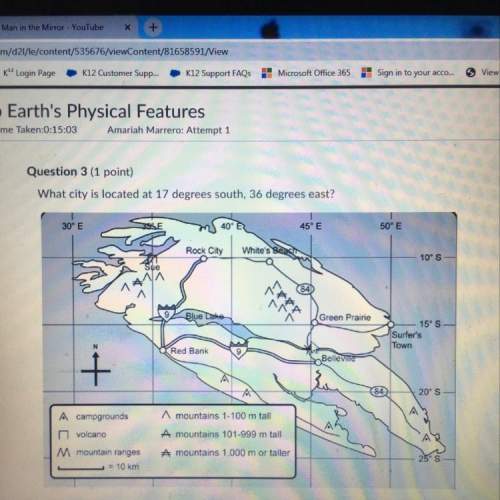
Chemistry, 13.09.2019 22:30 KassandraVillegas
An object weighing 10 grams is spinning in a centrifuge such that an acceleration of 13.0 g is imposed to it. the arm connecting the shaft to the object is r = 6.0 inches. if a = acceleration = rω2 where ω = angular speed in rad/s, determine:
mass of the object in lbm
rpm (revolutions per minute) of the shaft
force acting on the object in lbf

Answers: 3


Other questions on the subject: Chemistry

Chemistry, 21.06.2019 21:30, cicimarie2018
Which statements are true about electrolysis? check all that apply. electrolysis requires an acid be present. electrolysis is described by two half-reactions. electrolysis is not an industrial process. electrolysis results in commercially valuable products. electrolysis involves the transfer of electrons. reduction results in the loss of electrons. oxidation results in the loss of electrons.
Answers: 1


Chemistry, 22.06.2019 12:30, hayleyconsole
Nebulae are enormous clouds in outer space. they are made mostly of hydrogen gas, helium gas, and dust. some nebulae glow brightly, while others do not. the stars that people see are huge, bright balls of glowing gas. they are made mostly of hydrogen and helium. which statement correctly describes other ways in which nebulae and stars are different? a. stars can form inside a nebula but a nebula can never be produced by any star. b. a star always has a higher density than a nebula. c. stars can never form inside a nebula but a nebula can be produced by any star. d. a nebula always has a higher density than a star.
Answers: 3
You know the right answer?
An object weighing 10 grams is spinning in a centrifuge such that an acceleration of 13.0 g is impos...
Questions in other subjects:



English, 27.06.2019 10:50

Mathematics, 27.06.2019 10:50





Biology, 27.06.2019 10:50

Mathematics, 27.06.2019 10:50








![[ 1 revolution = 2\pi, 1 rad/s = 1/2\pi RPS = \frac{60}{2\pi} RPM]](/tpl/images/0230/3751/3d7a2.png)






